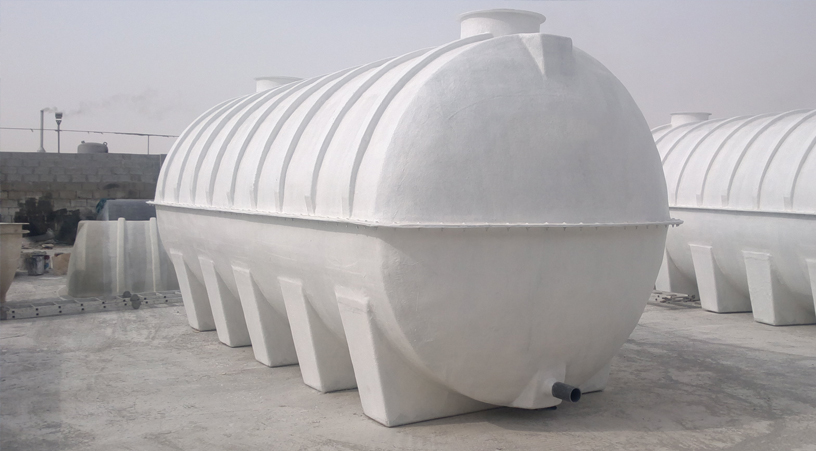- Office no 138,Bizz Bay, NIBM, Pune 411048
- info@smsenterprises.com
- +918983791910
Overhead Tank Waterproofing

Overhead Tank Waterproofing
Overhead tank waterproofing is a crucial process designed to prevent water leakage and seepage from the overhead water storage tanks commonly found in residential, commercial, or industrial buildings. Leakage from these tanks can lead to structural damage, weaken the tank's integrity, and potentially contaminate stored water.
Here's an outline of the process involved in overhead tank waterproofing:
-
Surface Preparation:The first step involves cleaning the tank thoroughly, removing any dirt, debris, or old coatings. The surface needs to be completely dry and free from contaminants for effective waterproofing.
-
Identifying and Repairing Cracks: Inspecting the tank for any existing cracks, joints, or damaged areas is crucial. These areas are repaired using suitable materials like epoxy compounds or specialized sealants to ensure a smooth and uniform surface.
-
Applying Waterproofing Material: Specialized waterproofing materials, such as polymer-based coatings or cementitious waterproofing compounds, are applied to the interior surfaces of the overhead tank. These materials form a waterproof barrier that prevents water from penetrating the tank's walls or base..
-
Multiple Coating Layers: Waterproofing coatings are often applied in multiple layers to ensure complete coverage and a robust seal. This layering enhances the effectiveness and durability of the waterproofing system.
-
Sealing Joints and Connections: Attention is given to sealing joints, edges, and connections to ensure there are no gaps where water could seep through. Sealants are used to reinforce these areas, ensuring a watertight seal.
-
Curing and Drying: : After the waterproofing materials are applied, sufficient time is given for curing and drying as per manufacturer recommendations. This curing period allows the waterproofing compounds to set and form a strong, impermeable layer.
-
Post-Application Inspection: A post-application inspection is often conducted to ensure that the waterproofing has been applied uniformly without any missed spots or defects.
